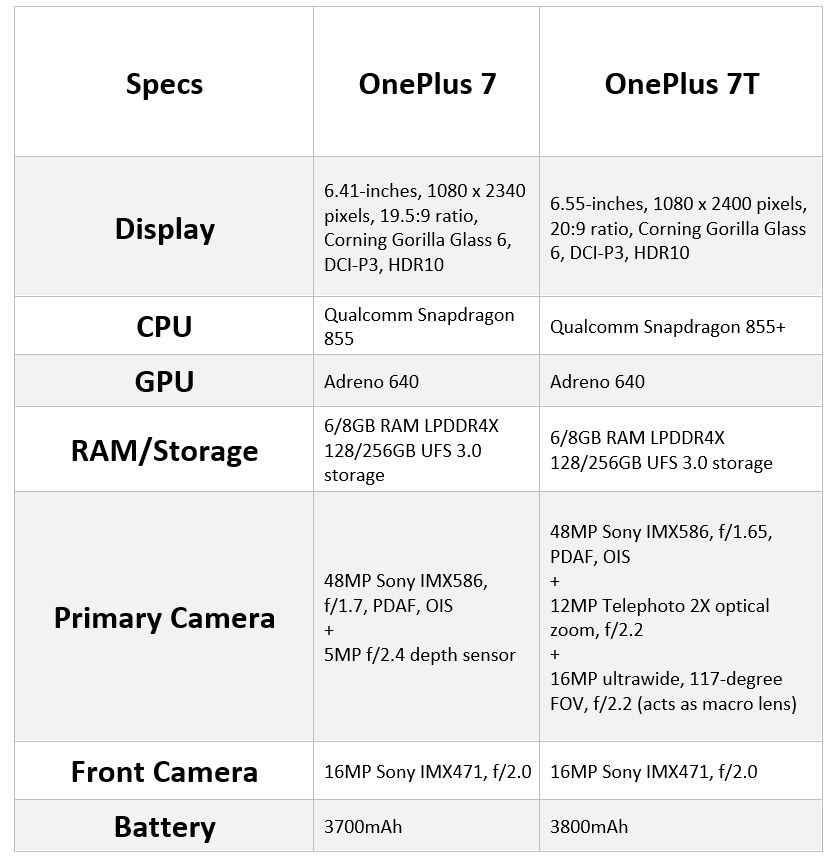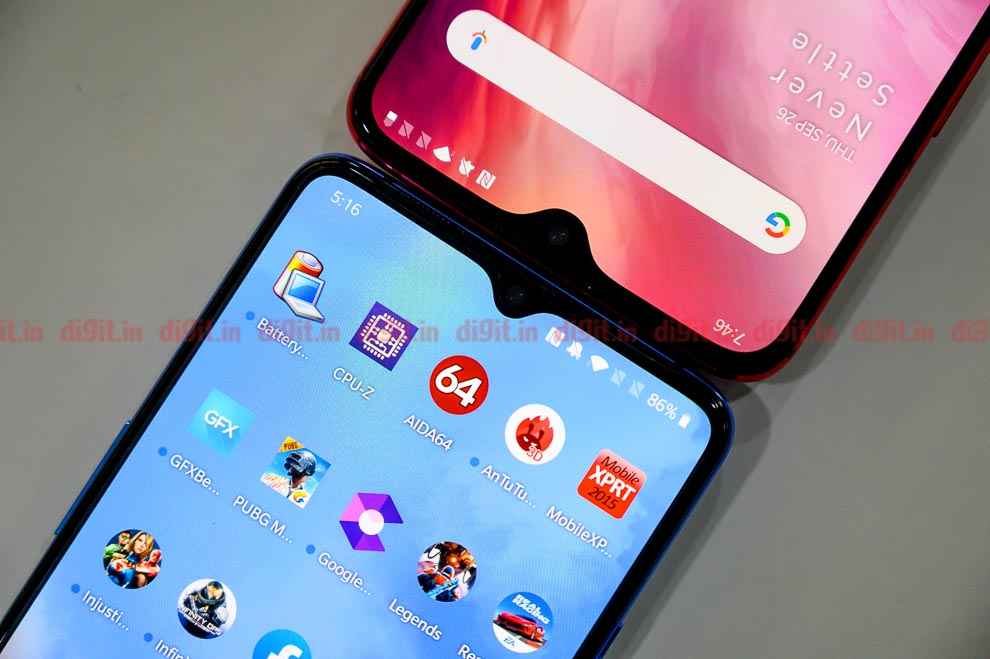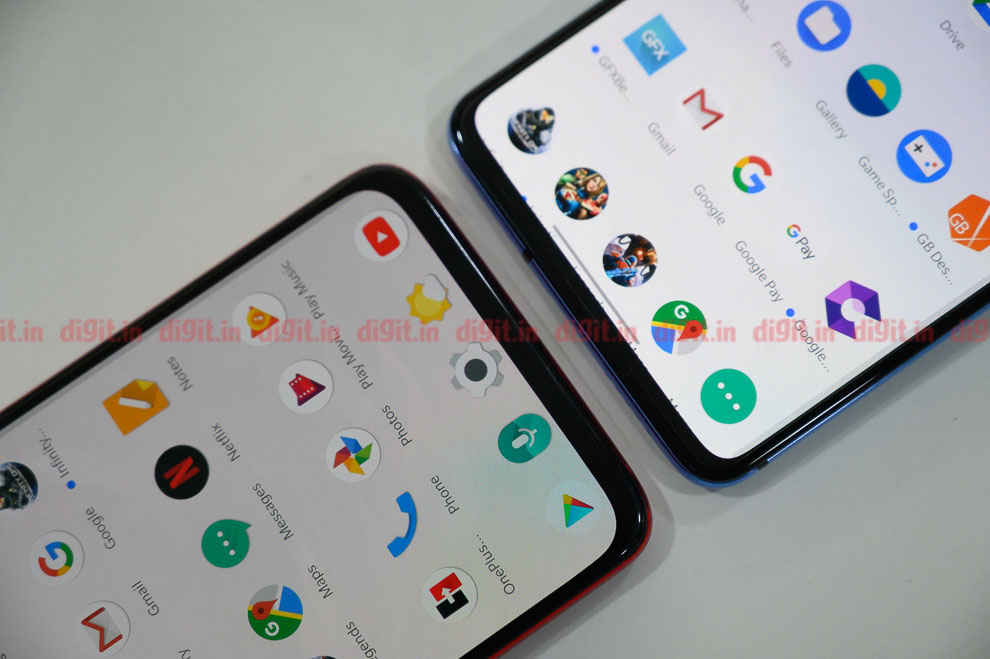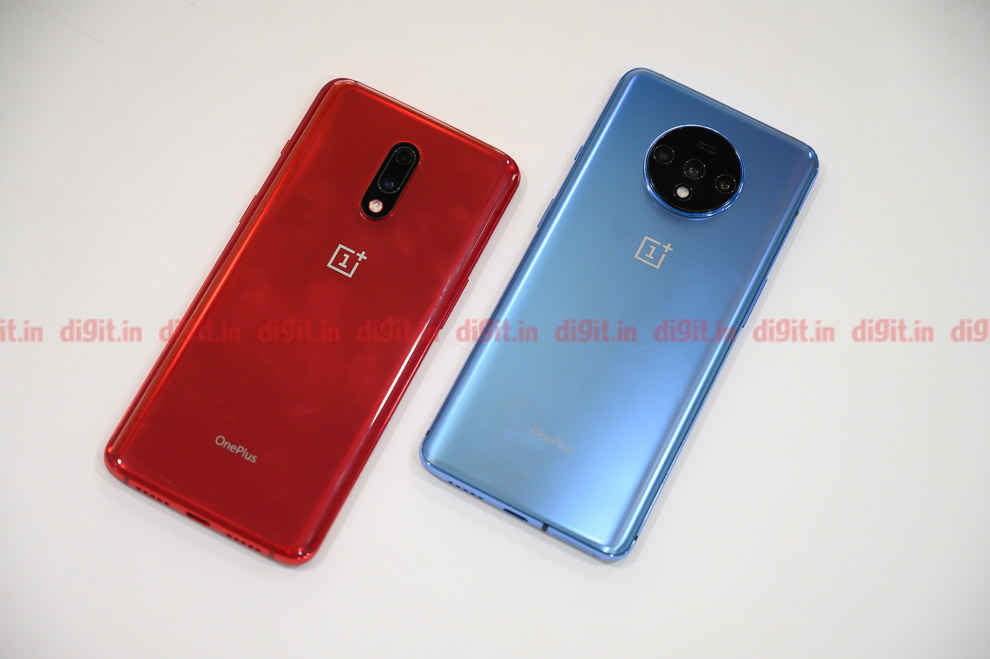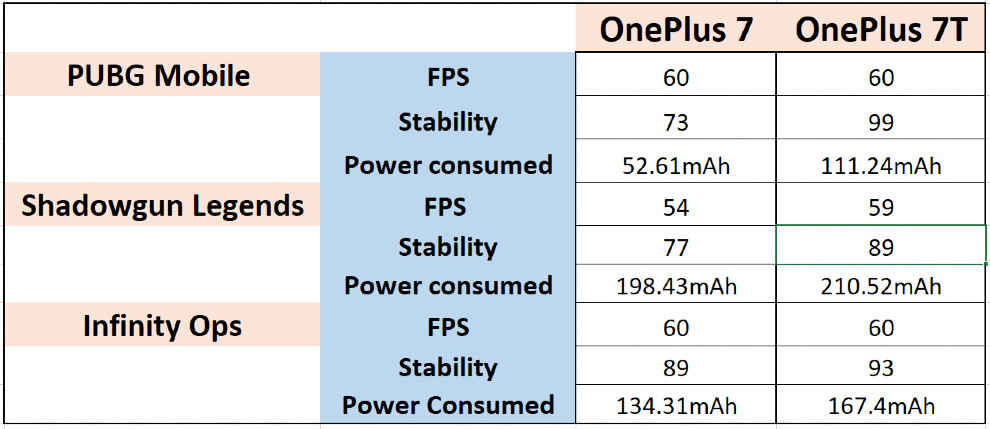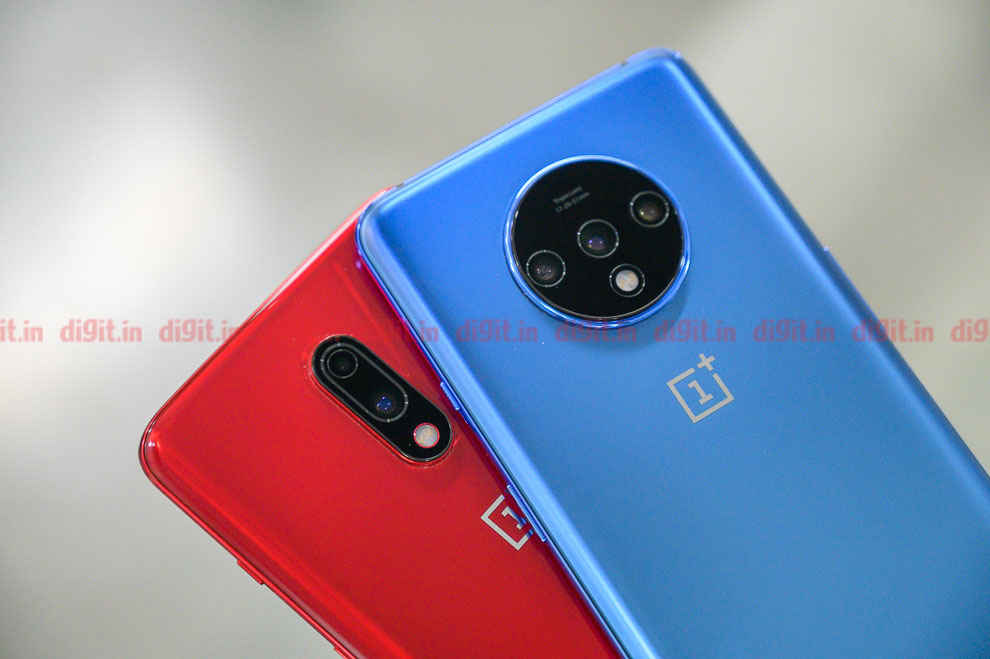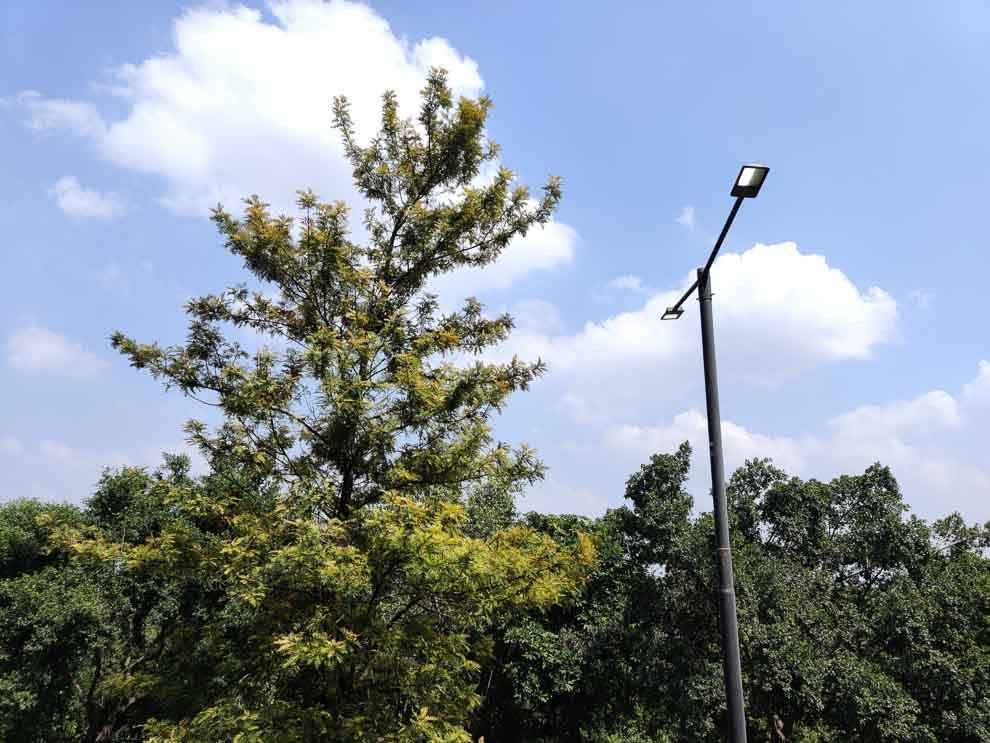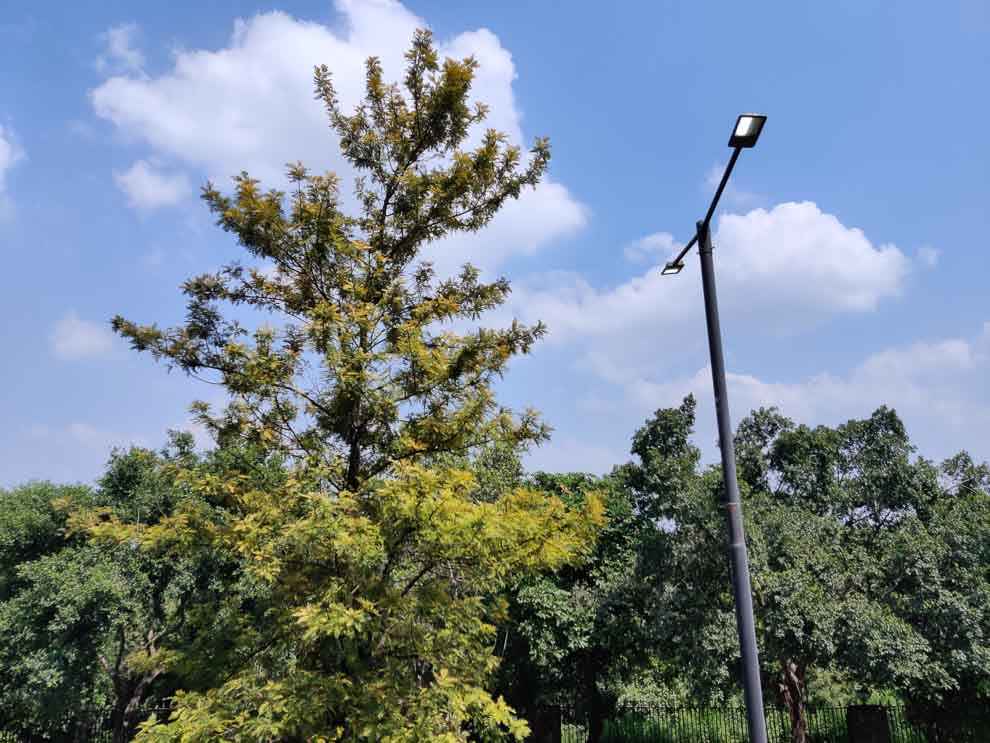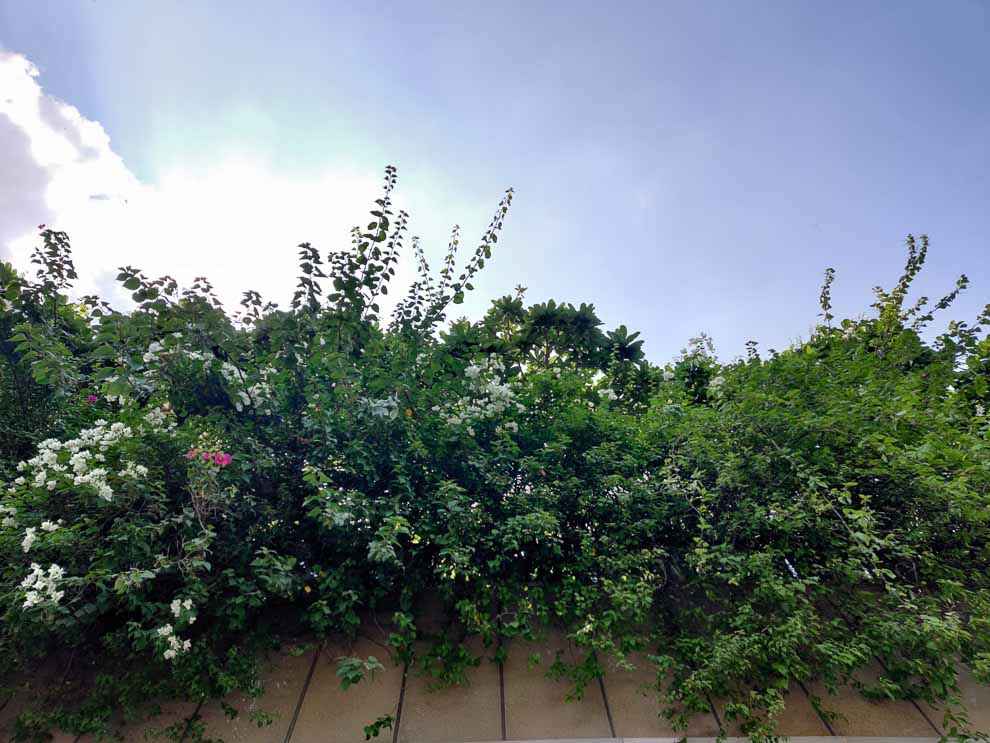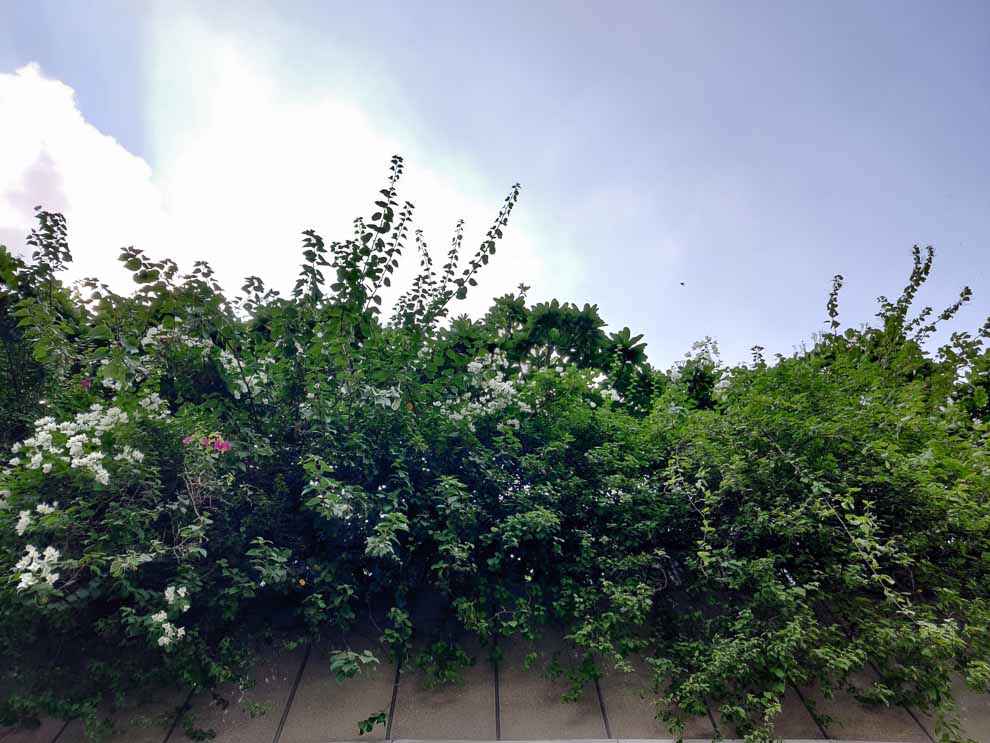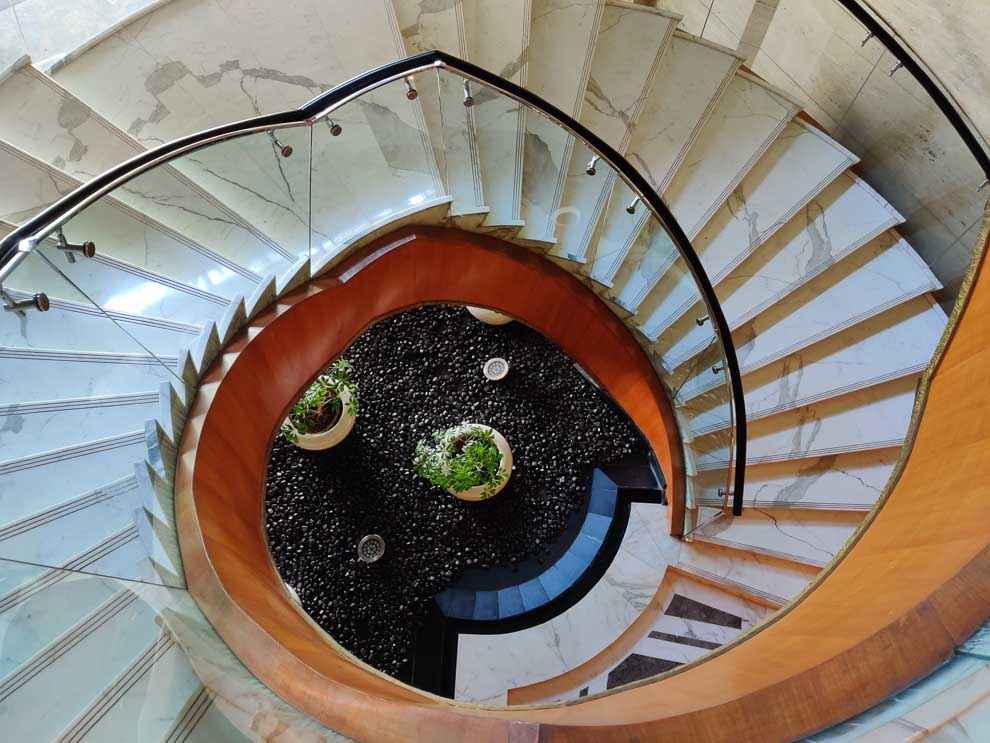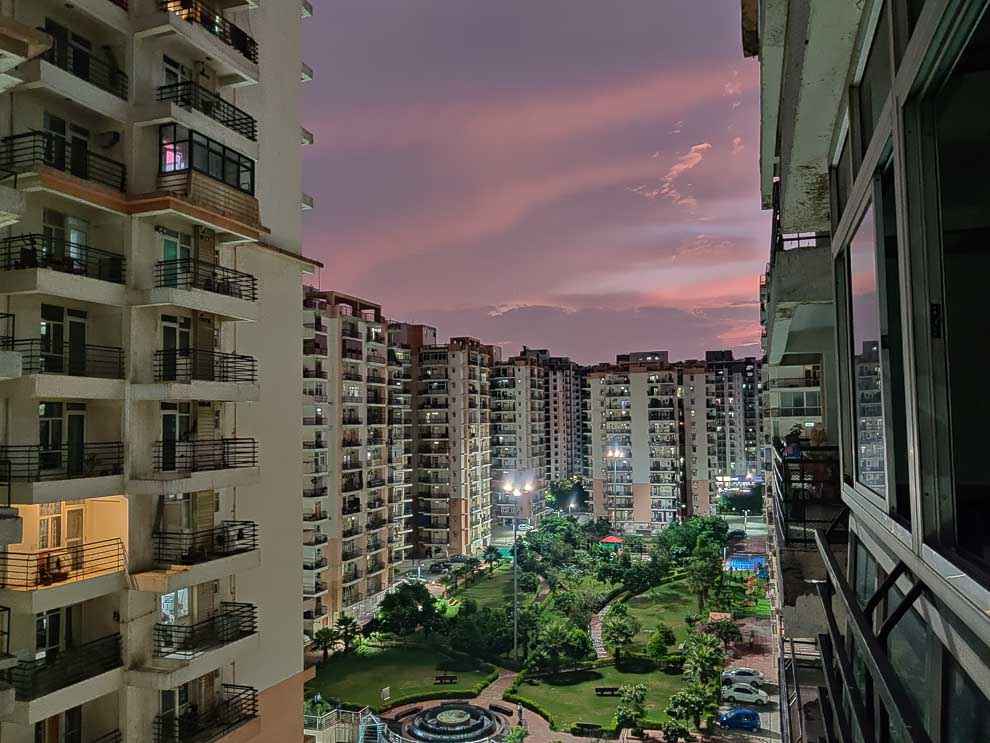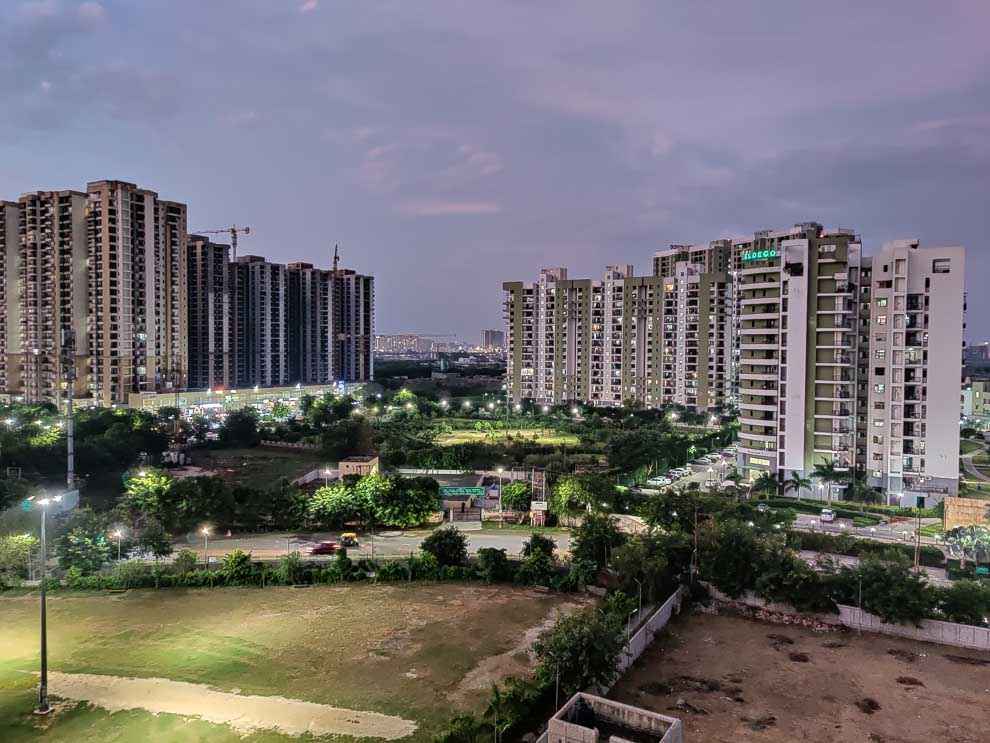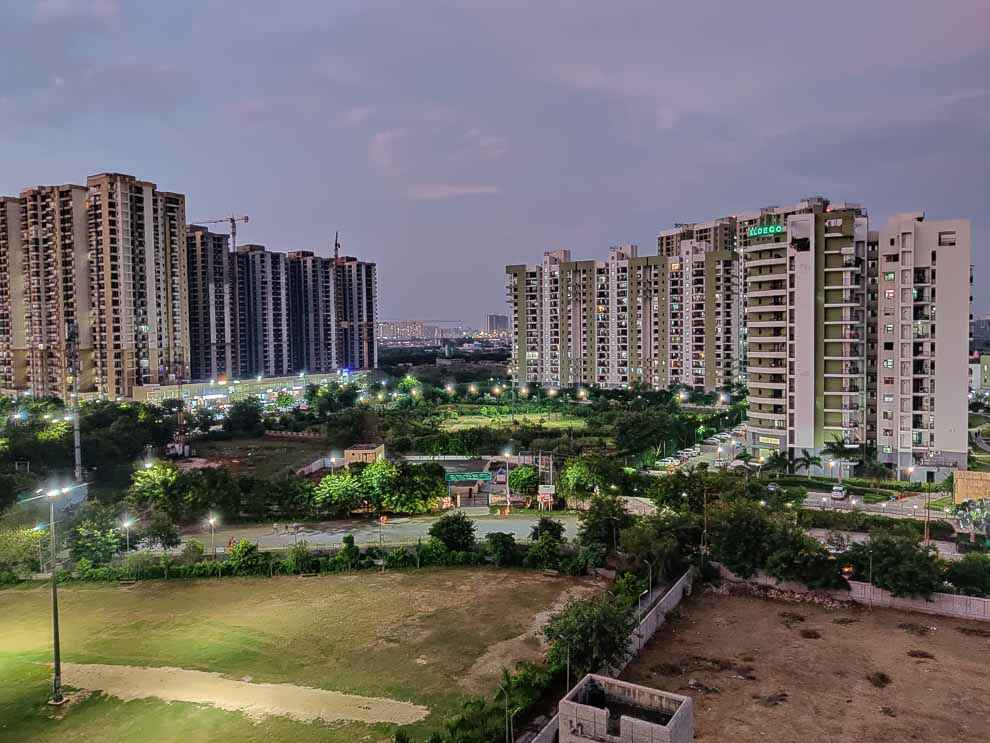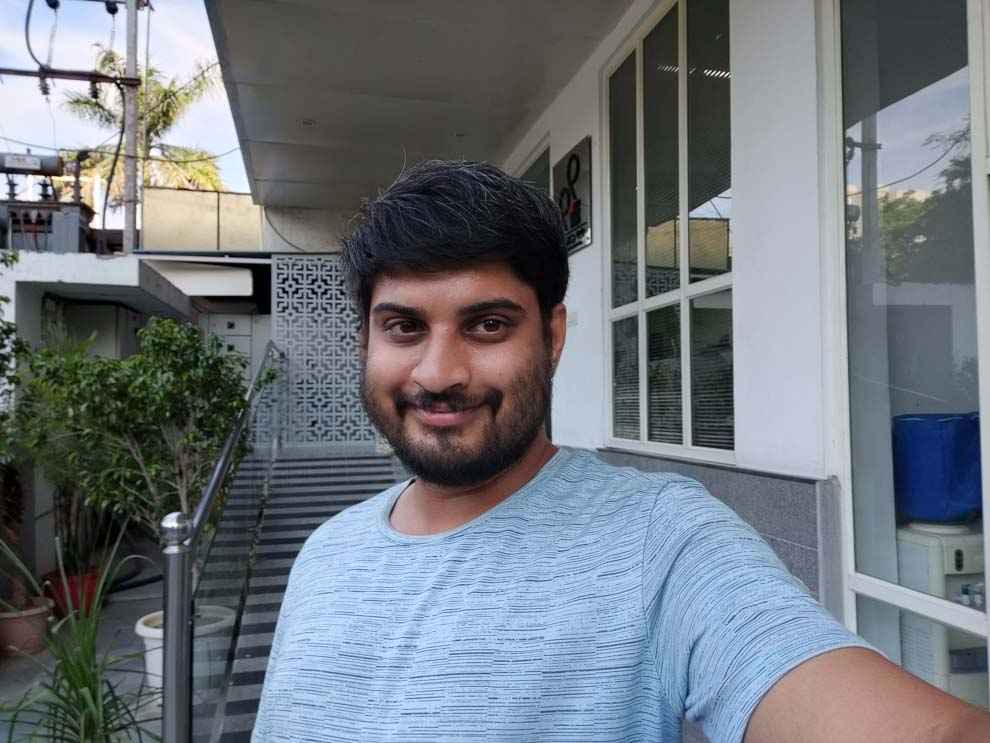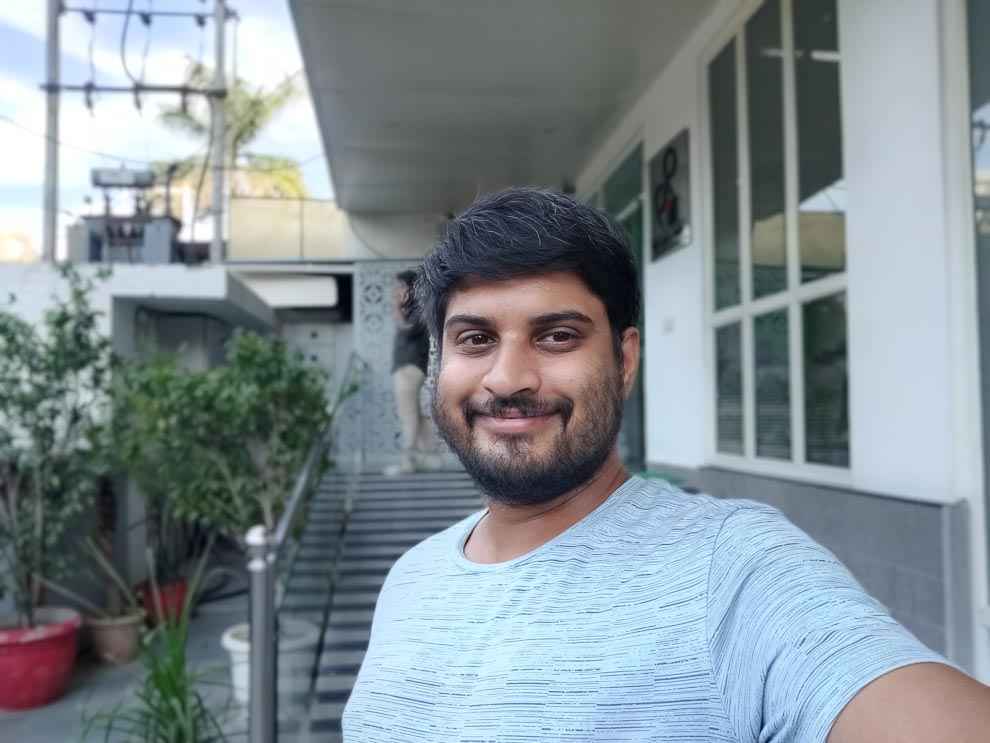OnePlus 7T vs OnePlus 7 gaming and camera comparison: Hardware upgraded, but experience remains the same
The OnePlus 7T does introduce a new SoC and brings a triple camera setup over the OnePlus 7, but the performance in both gaming and camera are more or less similar.
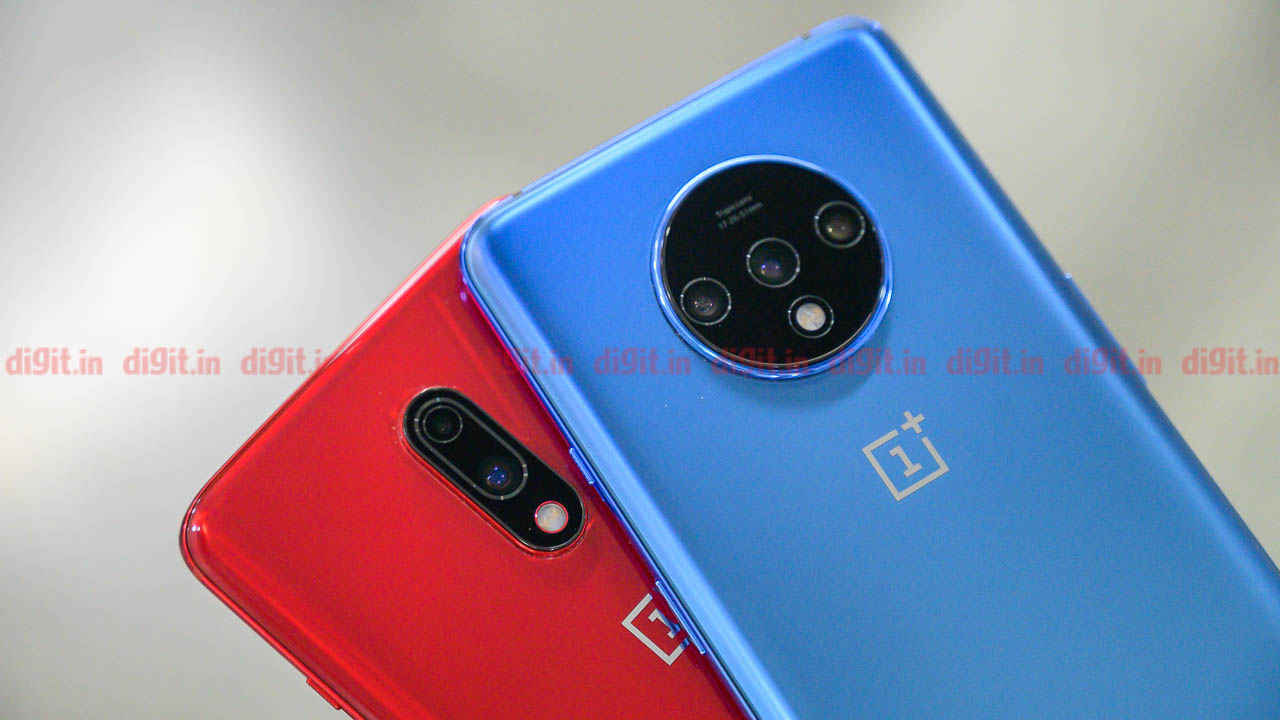
The OnePlus 7T is here, barely four months after the company announced the OnePlus 7 and the OnePlus 7 Pro. This time, however, OnePlus has only launched the T variant of the phone, with no word on whether there will be a OnePlus 7T Pro or not. As a result, the OnePlus 7T will become the successor for the OnePlus 7, but in more ways than one, the OnePlus 7T feels more like a more affordable OnePlus 7 Pro. Didn’t get that? Allow us to explain —
 Survey
SurveyOnePlus 7T vs OnePlus 7 specs and features
From the front, the OnePlus 7T and the OnePlus 7 look identical. But the rear panel and especially the hardware under the hood has changed. On the back, there’s now a triple camera setup housed in a circular camera module, as opposed to a dual-camera unit housed in a vertical module on the OnePlus 7. Inside, the OnePlus 7T features the new Snapdragon 855 Plus, a revamped flagship offering that primarily comes with improved GPU performance. It’s not the OnePlus 7 is slow. The Snapdragon 855 powering the affordable flagship is nearly as fast with excellent gaming performance. That’s the same with the other components. The RAM and storage are the best in the industry — LPDDR4X and UFS 3.0 respectively. As for the display, the OnePlus 7T gets a new AMOLED display with 90Hz refresh rate. The battery on the OnePlus 7T is slightly larger at 3800mAh as compared to a 3700mAh battery on the OnePlus 7 while the charging tech which OnePlus calls Warp Charge has been upgraded in the OnePlus 7T with a new algorithm that the company claims, charges the phone to 70 percent in 30 minutes.
With that out of the way, let’s look at how good of an upgrade the OnePlus 7T really is.
Design and display
The notch on the OnePlus 7T is much smaller
Not much has changed from the front of the device. The OnePlus 7T continues with the waterdrop notch placed on the top center of the panel. But if you look closer, the notch is now much smaller on the 7T than in the OnePlus 7. Furthermore, the bezels on the top and the bottom are shaved off, allowing the phone to boast of a higher screen-to-body ratio than the OnePlus 7. The display size has also increased from 6.41-inches to 6.55-inches, and OnePlus has added 90Hz refresh rate to it, same as the OnePlus 7 Pro. In fact, going forward, OnePlus has promised all its smartphones will come with displays with at least 90Hz refresh rate. The OnePlus 7T is also slightly narrower and longer, allowing the phone to offer a 20:9 aspect ratio.
Even the bottom bezels are much thinner allowing for a higher screen-to-body ratio
All this essentially boils down to a far better grip and easier one-handed use. Having said that, the OnePlus 7T is also slightly heavier with the extra weight distributed around the top section thanks to the large camera module. We suggest you be extra careful while using the device as being top-heavy, the phone tends to topple out of the hand.
From the back, the OnePlus 7T looks brand new, and if you ask me, it’s not really quite aesthetic. The circular camera module juts out of the body while the triple lens arrangement looks just odd. Even the OnePlus 7 has a huge camera bump, but the vertical module does not take up a lot of space on the rear panel and looks much better.
Gaming performance
This is one aspect OnePlus has usually kept constant over the T-updates. The Snapdragon 845 featured in both the OnePlus 6 and the OnePlus 6T last year. This time, however, the company introduced an upgraded form of the Snapdragon 855, called the Snapdragon 855 Plus. Designed primarily for better gaming, the Snapdragon 855 Plus features a faster Adreno 640 GPU with a 15 percent boost in graphics rendering and a higher peak clock speed of 2.96GHz. Does that entail a big bump in performance?
Unfortunately, as of writing this piece, OnePlus hadn’t unlocked the benchmark apps so we don’t have the numbers to compare. But we did game on the OnePlus 7 and the OnePlus 7T extensively and using GameBench, were recorded various metrcs to help us understand if the new SoC is reason enough to warrant an upgrade —
PUBG Mobile
The popular battle-royale game works just as well on both the OnePlus 7 and the OnePlus 7T. Both phones managed to hit 60FPS in the new Extreme FPS mode even with the graphics maxed out. However, the OnePlus 7T was more stable with 99 percent FPS stability while the OnePlus 7 managed 73 percent FPS stability. But the stability comes at a cost. The OnePlus 7T consumed almost double the amount of battery as compared to the OnePlus 7.
Shadowgun Legends
Shadowgun Legends is one of the most resource-intensive games available on Android and as such, any smartphone that handles the game well can take on just about everything you throw at it. Thanks to the powerful new hardware, the OnePlus 7T almost maxed out the game’s frame rates at 59FPS with a decent 89 percent FPS stability. In comparison, the OnePlus 7 managed a modest 54 FPS with 77 percent FPS stability.
Infinity Ops
By this time, it should be clear I’m a fan of FPS games and Infinity Ops is must-have high-octane FPS game available on Android. The best part? This too hits 60 FPS with peak graphics settings on both the phones. Only the OnePlus 7T kept the FPS stability at an impressive 93 percent while the OnePlus 7 was slightly lower at 89 percent. The power consumed was once again higher on the OnePlus 7T than the OnePlus 7.
Camera
Raw performance has more or less been guaranteed in OnePlus smartphones, but the camera is where the phones have always lagged behind premium flagships. The company did improve the imaging with the OnePlus 7 Pro but the OnePlus 7 only got the primary 48MP camera paired with a depth sensor while the OnePlus 7 Pro came with a triple-camera setup. The gap has been bridged with the OnePlus 7T which now rocks a similar triple-camera setup as the OnePlus 7 Pro.
The OnePlus 7T has the same IMX586 48MP sensor from Sony as the primary camera with f/1.6 aperture and a 7P lens. Then there’s another 16MP ultrawide lens with f/2.2 aperture lens and a 117-degree wide field of view. The third camera is a 12MP telephoto lens with f/2.2 aperture lens that offers 2X optical zoom. There’s OIS in the primary camera and EIS in the other two.
What’s new is the fact that the ultrawide lens also doubles up as a macro lens that lets you shoot objects as close as 2.5cm. The ultrawide camera also works in the Nightscape mode now. The phone can shoot in 48MP mode only in the pro mode but the RAW output is limited to 12MP and not 48MP.
We took the two phones out for a spin to test the cameras and here’s what we found —
Daylight
Shot on OnePlus 7T
Shot on OnePlus 7
Shot on OnePlus 7T
Shot on OnePlus 7
The daylight photos from the OnePlus 7T are just as good as before. The details, sharpness and the colours are all on point in the first sample, and there’s very little difference between the photos shot from the two phones. In the second photo, however, it’s evident that OnePlus has worked to improve its HDR algorithm and can salvage a lot more details from the shadows than before.
Indoors
Shot on OnePlus 7T
Shot on OnePlus 7
Shot on OnePlus 7T
Shot on OnePlus 7
Indoors too, the photos are more or less similar but the OnePlus 7T boosts the contrasts a bit to make the photo look a little more aesthetic. I still prefer the one by the OnePlus 7 though particularly for the neutral colours. The details and sharpness, however, are pretty much the same on both the phones.
Lowlight
Shot on OnePlus 7T
Shot on OnePlus 7
Shot on OnePlus 7T
Shot on OnePlus 7
In lowlight situations like these, we switched to the Nightscape mode present in both the OnePlus 7T and the OnePlus 7. Based on the samples, it’s evident not much has changed. The details and colours are more or less the same in both the photos. Jus that the OnePlus 7T can now shoot nightscape shots with the ultrawide mode as well. Also, if you look closer, the OnePlus 7T’s colours are slightly more punchier than the OnePlus 7’s.
Portrait
Shot on OnePlus 7T
Shot on OnePlus 7
Portrait photos are handled equally well by both the phones. The depth-mapping algorithm works well to separate the subject from the background but the background blur is a little weird in both the photos. A DSLR-induced portrait photo won’t have such shapeless bokehs, proving once again there’s still a long way to go for smartphones to replace high-end cameras. Having said that, the facial tones are much better on the OnePlus 7T’s photo. The OnePlus 7’s photo looks a bit faded.
Selfie
Shot on OnePlus 7T
Shot on OnePlus 7
The 16MP front camera is the same on both the smartphones but the output is slightly improved in the OnePlus 7T particularly because of the new algorithm that OnePlus is using. While the OnePlus 7 focused on the face, highlighting the facial features, the OnePlus 7T also focused on my t-shirt bringing out the colour perfectly. It does come across a little dark though, but a little editing should do the trick.
Conclusion
The OnePlus 7T does introduce a new SoC and brings a triple camera setup over the OnePlus 7, but the performance in both gaming and camera are more or less similar. Despite two new cameras, the output looks pretty similar, which is not neccessarily a bad thing. For the price, the OnePlus 7’s camera was good enough for the usual shots for social media and the OnePlus 7T maintains the same, and to some extent, improves it, but not by much. The new features like the macro mode and the ultrawide nightscape, however, are welcome additions and while the former can’t be implemented in the OnePlus 7, the latter will surely arrive in a future update. As a result, despite a new chipset and extra cameras, there’s no good reason for OnePlus 7 users to upgrade to the OnePlus 7T right now.
